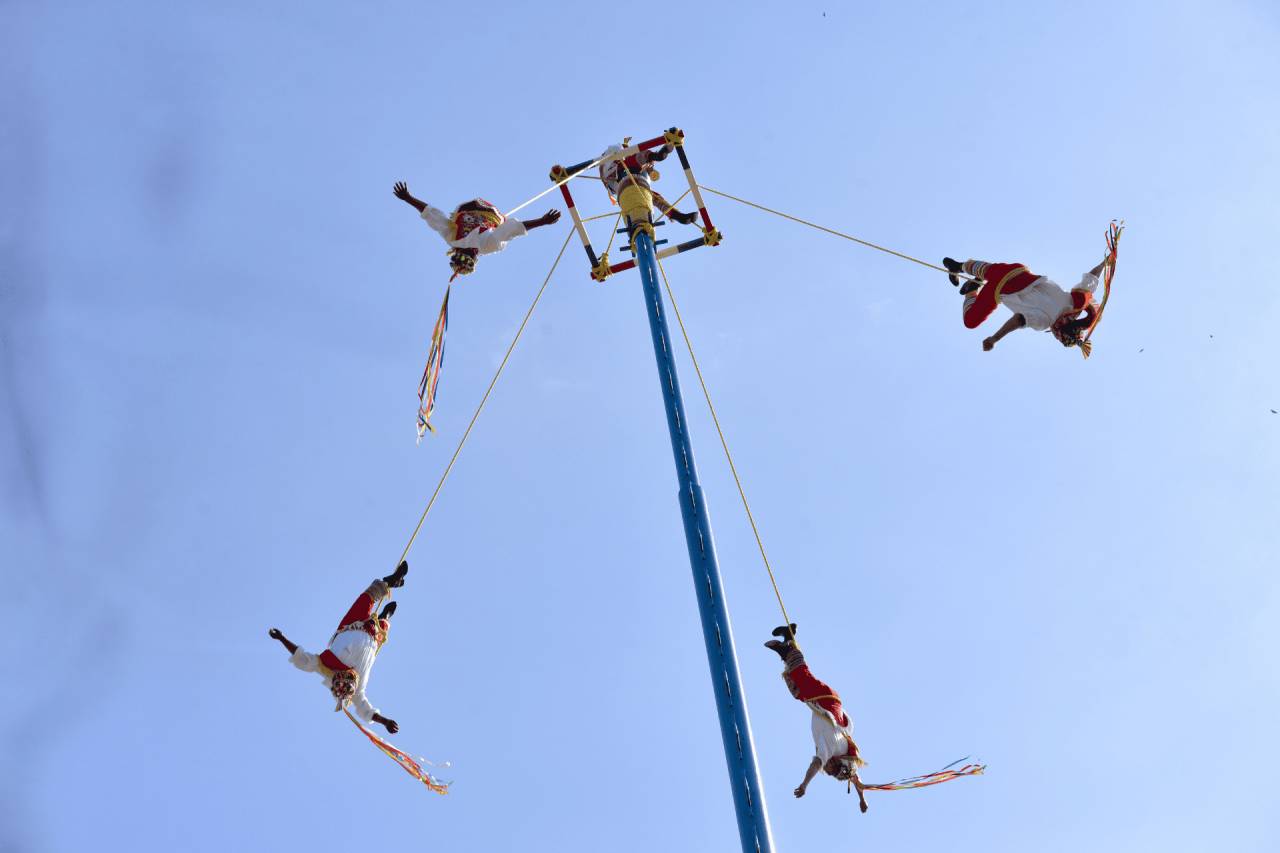
Región Olmeca
Located in the south of the state of Veracruz, it is recognised as one of the cradles of Mesoamerican civilisation. It was home to the ancient Olmec culture, considered the “mother culture” of Mesoamerica. It includes municipalities such as Coatzacoalcos, Minatitlán, Jáltipan, Mecayapan, Acayucan and Soteapan, among others.
After the fall of the Olmecs, the region was inhabited by Popoluca, Nahua and Mixe peoples. During the colonial period, it gained economic importance due to agricultural and livestock activities and the presence of Afro-descendant communities.
Indigenous languages such as Popoluca, Náhuatl and Mixe are still spoken, alongside traditional medicine practices, agricultural ceremonies and a deep spiritual connection with nature. Among its traditional dances are the danza del tigre y el venado (of Popoluca origin), the negritos (of Afro-descendant roots), and the santiagos or moros y cristianos.
The most representative festivities include the Fiesta de San Isidro Labrador and indigenous Semana Santa. Local crafts include embroidered textiles, masks, pottery and palm products. Regional cuisine is varied, with typical dishes such as pipián de pepita, tamales de chipilín, mole con guajolote, and fresh fish and seafood in coastal municipalities such as Agua Dulce and Coatzacoalcos.









